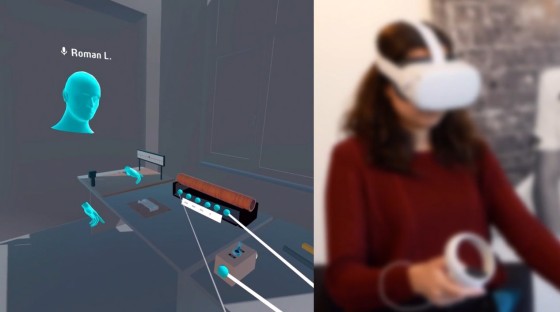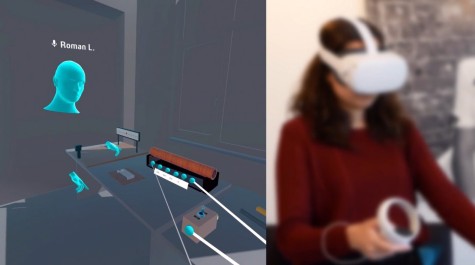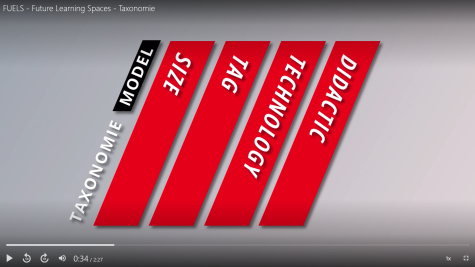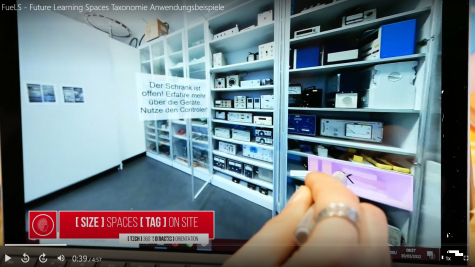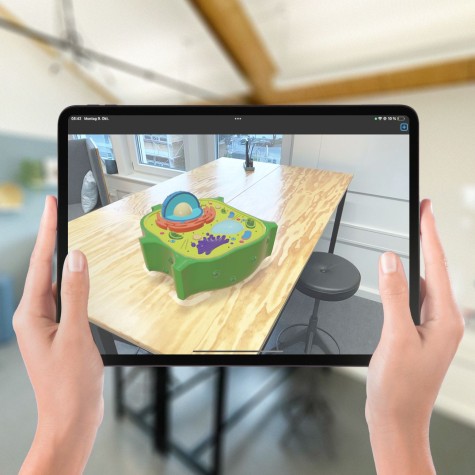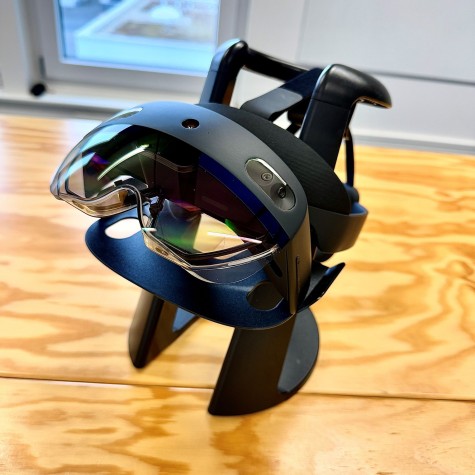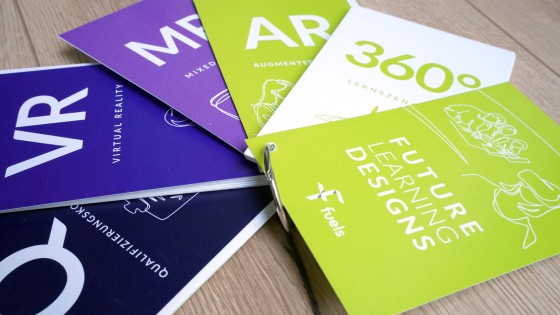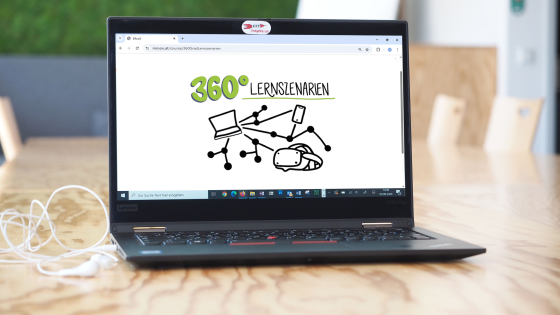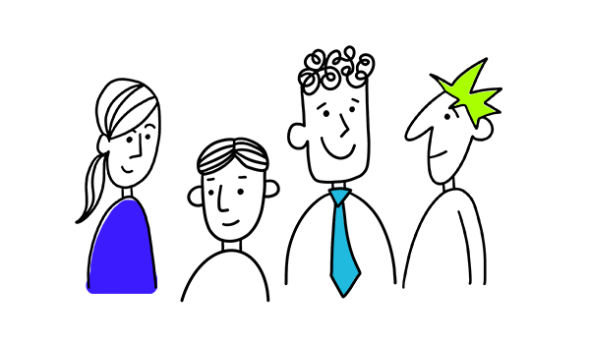Das letzte Projektjahr 2025 fokussiert auf die weitere Durchführung von Anwendungsprojekten für die Lehrpraxis in allen vier Technologiesparten (360°, AR, VR, MR). Auch soll der Austausch in der Fachcommunity, insbesondere durch Präsenz auf Tagungen, weitergeführt werden.
Folgende MR-Projekte wurden umgesetzt:
Vom fuels-Team der E-Learning Arbeitsgruppe:
- ARtemisXR: Lernen in der dritten Dimension
Die Erweiterung von ARtemis für den Hochschulkontext
Folgende AR-Projekte wurden umgesetzt:
in Bereich Geschichte:
- 3D-Rekonstruktion mit Hilfe des Toolkit um ARtemis
Förderung historischer Quellenkompetenz durch die Integration von 3D-Technologie und Augmented Reality (AR) im Geschichtsunterricht
Folgende 360°-Projekte wurden umgesetzt:
in der Architektur:
- Unser erster Entwurf – Escape Game
Das Serious Game ist ein weiteres Angebot innerhalb der „TUDa Campus Quest“-Reihe, mit dem Studieninteressierte spielerisch innerhalb einer digitalen 360°-Umgebung die Möglichkeit erhalten ihr Wunschstudium näher kennen zu lernen.
im Maschinenbau:
- Rette Europas Energie – Escape Game
Das Serious Game bietet Studieninteressierten die Möglichkeit, in einer immersiven 360° Panorama-Umgebung die Energieforschung an der TU Darmstadt und dem Fachbereich Maschinenbau hautnah zu erleben.
im Fachbereich Bau- und Umweltingenieurwissenschaften:
- Virtuelle 360°-Tour zur Studienorientierung
Zwei 360°-Rundgänge geben Einblicke in die Studiengänge Bauingenieurwesen und Umweltingenieurwissenschaften
TU-Extern:
- Eine 360° Virtual Reality Tour von GSI und FAIR
Um einem möglichst breiten Publikum einen niederschwelligen Kontakt mit der Forschung bei GSI und FAIR am Standort Darmstadt zu ermöglichen, wurde eine 360°-Campus Tour erstellt. Über eine VR-Brille kann der GSI Campus erkundet werden.



